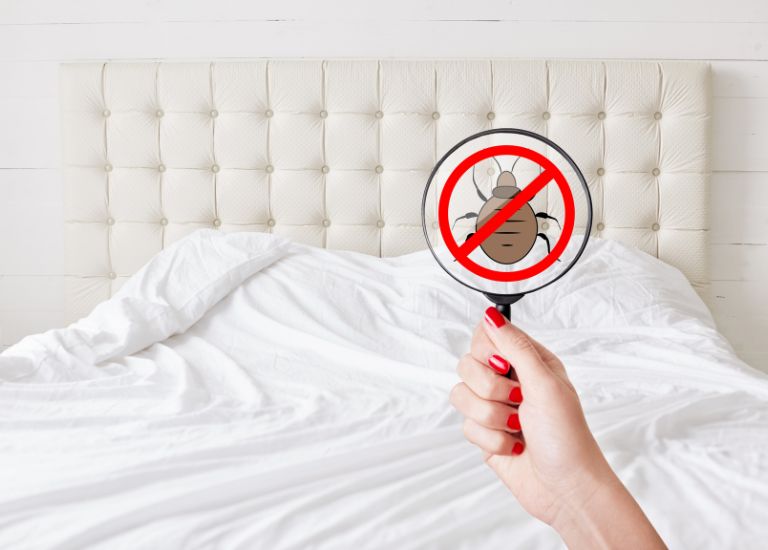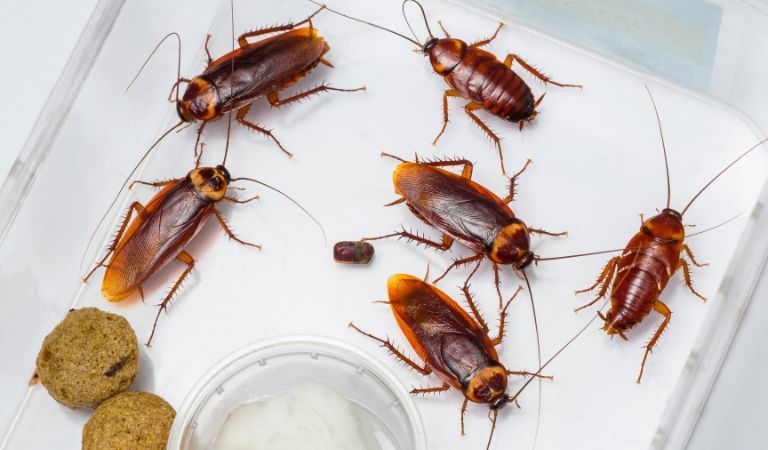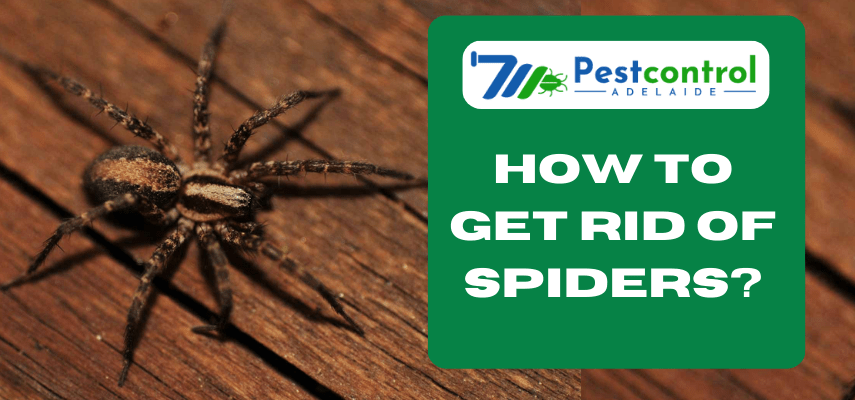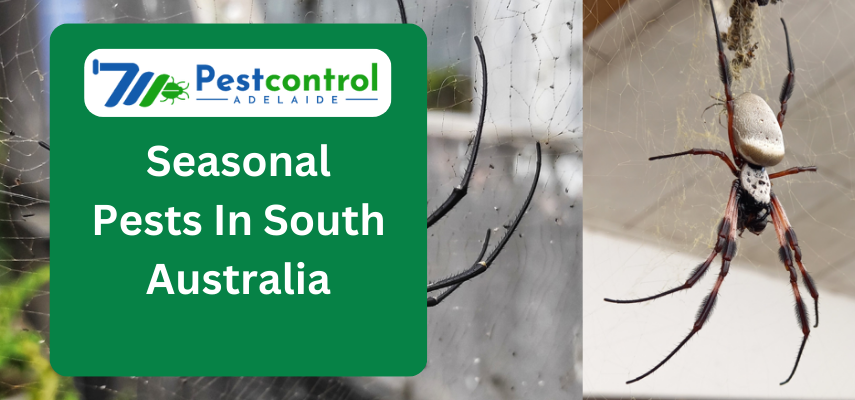Mice are agile, resourceful creatures that can find their way into homes through the smallest openings. One question that often arises is, Can mice climb walls? The answer is yes! Mice are excellent climbers, using their sharp claws, lightweight bodies, and extraordinary agility to scale vertical surfaces.
Can Mice Really Climb Walls?
Yes, mice can climb walls, but not all walls are equally climbable. The surface texture plays a big role in whether they can get a grip. Here’s how mice achieve their wall-scaling feats:
- Sharp Claws: Mice have claws designed to grip textured surfaces like brick, wood, and concrete.
- Lightweight Bodies: Their small size and lightweight structure allow them to climb without much effort.
- Flexibility: Mice are incredibly flexible, enabling them to twist and turn as needed to maneuver up walls and into tight spaces.
- Jumping Ability: Mice can jump up to 12 inches high, helping them reach ledges or other footholds.
However, smooth surfaces like glass or polished metal are challenging for mice to climb.
Why Are Climbing Mice a Problem?
When mice can climb walls, it significantly increases the chances of them entering your home. Here’s why it’s a concern:
- Access to Hidden Areas: Climbing allows mice to access attics, ceilings, and upper floors.
- Damage to Your Home: Mice chew on electrical wires, insulation, and wood, leading to costly repairs.
- Health Risks: Mice can contaminate food and surfaces with droppings and urine, spreading diseases.
How to Stop Mice from Climbing Walls
To prevent mice from scaling your walls and infiltrating your home, you need to combine preventive measures with professional pest control.
1. Seal Entry Points
- Inspect your home for gaps, cracks, and holes. Mice can squeeze through openings as small as a dime.
- Use steel wool, caulk, or hardware cloth to block potential entry points.
- Pay extra attention to areas around pipes, vents, and cables.
2. Modify Wall Surfaces
- Smooth surfaces like metal or plastic sheeting can make walls unclimbable for mice.
- Install rodent guards around pipes and wires to block climbing routes.
3. Maintain Your Property
- Trim tree branches and shrubs near your home to eliminate bridges for mice.
- Keep outdoor areas clean and free of debris to reduce hiding spots.
4. Set Up Traps and Deterrents
- Place mouse traps near areas of activity, like baseboards or attics.
- Use ultrasonic repellents or peppermint oil, as these can deter mice.
5. Seek Professional Help
If you’re dealing with a persistent mouse problem, consider hiring emergency pest control experts in Adelaide. They can identify the source of the infestation and use effective treatments to resolve the issue quickly.
Signs of a Mouse Infestation
Identifying the signs of a mouse infestation early can save you from bigger problems later. Look out for:
- Droppings near food sources or along walls.
- Gnaw marks on wires, wood, or other materials.
- Scratching sounds in walls or ceilings at night.
- Nests made of shredded paper, fabric, or insulation.
Why Professional Pest Control is Essential
While DIY methods can help reduce mouse activity, professional services ensure long-term solutions. Experts can:
- Conduct thorough inspections to identify entry points and nesting areas.
- Use specialized tools and techniques to remove mice effectively.
- Provide advice on maintaining a mouse-free home.
Conclusion
Mice are agile climbers capable of scaling walls and infiltrating your home. To stop their climbing spree, focus on sealing entry points, modifying wall surfaces, and maintaining a clean, rodent-proof property. When the problem gets out of hand, calling in professional pest control services or emergency pest control experts ensures a safe, effective solution to protect your home.





